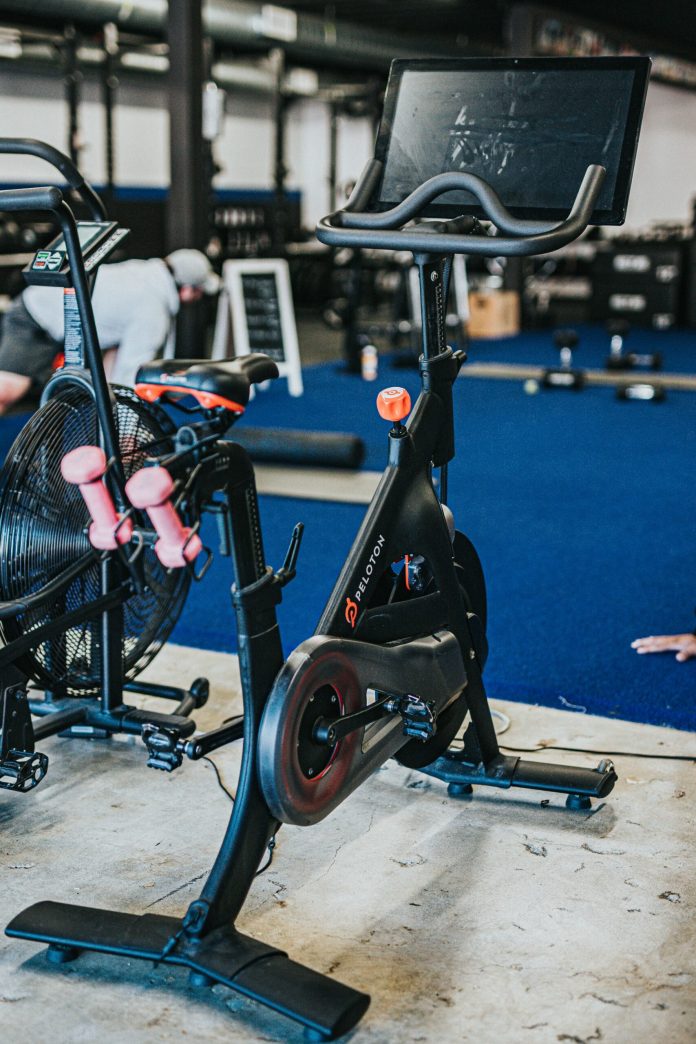Last week at the New York Public Library I saw Virginia Woolf’s walking cane displayed among other artifacts of the literary world. The cane shows her to be a real person, who walked regularly and needed support.
I used to only think of her scribbling in a solitary room, and her call for other women to have “money and a room” in order to be creative thinkers. But she was also a person in motion, who sought the means to move independently, something as rare for the women of her era as a room of one’s own.
A dark brown curve of bamboo, the cane bolstered her after she wrote a note to her husband and headed to the Ouse river, picking up stones on the shore to fill her pockets, and then deciding to breathe water instead of air. Leonard Woolf found her cane floating in the river. It was all the evidence left until her body washed up three days later.
The cane was unremarkable. When my son leaned in to read the card about it, he quickly moved on. If it had been Tolkien’s, he might have lingered. At nineteen, he’s lucky not yet to need to think of frailty or ways to find stability in a rocky world.
Seeing the cane, I recognized my own search for a merger of movement and mental space. Lately, I find it on a bike that goes nowhere.
On my Peloton, I leave without leaving. I climb switchbacks in the Alps from a corner of my home that used to be part of the garage. Over the last five years, I’ve pounded away hundreds of miles without fear of falling or being smeared on the asphalt by a careless driver. I lose myself in the steady rotation, in the music, and often in the encouraging guidance of an instructor who gets me to push that little bit further. These wheels of my own give me an immense sense of freedom for something so stationary.
If Virginia Woolf had a Peloton, I started to imagine walking down the library’s massive steps, she could have let herself sweat. She’d have had a bike of her own to push back at the heavy world, one pedal stroke at a time. “An immense pressure is on me,” she wrote in The Waves. “I cannot move without dislodging the weight of centuries.” With a Peloton, she could have spun a fifty-pound wheel with her own two feet. She’d have watched the miles, and those burdensome centuries, roll off her shoulders with digital ease.
If Woolf had a Peloton, she would have ridden it in the room of her own she built onto Monk’s House, the sixteenth-century country cottage that was her escape from London. To her specifications, the room only had a door facing to the outside. So if she had a Peloton, she never would have disturbed Leonard if she rode without headphones and belted out “Minnie the Moocher” or crooned like Fred Astaire to “Puttin’ on the Ritz” during an Epic-Sing-Along ride.
Even with Woolf’s infirmities, she could have built up strength, starting slow with low-impact rides. After a time, she’d conquer high-intensity intervals and hill climbs. Perhaps she could have freed herself from that cane altogether, never allowing it to have been the vehicle that supported her on her way to the riverbank that day.
And if Woolf had a Peloton, the exercise endorphins could have mollified her moments of extreme self-doubt. Endorphins are far superior to the barbiturates and force-feeding she endured, a more natural balm for the horror she internalized. Some Woolf scholars claim she didn’t suffer from mental illness but that she failed to find a way to cope with a world gone mad or find a place of calm within it.
Any dispiriting feelings Woolf might have had of failure or mental exhaustion on a Peloton ride would end simply with calories burned rather than a conflagration of her soul. And she had so many possibilities for an awesome Peloton leaderboard name — ToTheFuckingLighthouse, WoolfWhistle, InSheepsClothing, WoolfPack, RedRidingWoolf.
Though she didn’t live to see it, I think Woolf would have found this bike that goes nowhere far preferable to a bike that goes somewhere. Though many of her peers likened the bicycle to an optimistic element of the modern world, Woolf called it one of the “common objects of daily prose” – along with her distaste for the ever-present, noisy and gas-belching omnibus. The bike was not fit for poetry, she chided.
Woolf preferred long walks. She only cycled to and from the train station for convenience.
But if the quotidian bicycle was too proletariat for the queen of the modernists, then surely she would have embraced the Peloton, with its four-figure price tag and its air of privilege. (One also needs a permanent residence, wifi, cycling shoes, and dare-I-say padded cycling shorts, the likes of which can cost a hundred bucks if one doesn’t want seams that chafe, and Woolf certainly would not have wanted seams that chafe). Even at the Peloton’s cost, Leonard could have supported it to save her from dangerous solo wanderings.
Peloton rides are both solitary – and not. I can be motivated to climb on the bike by the connection to a community of other cyclists doing the same thing in rooms across the globe and by the inspiration of a favorite instructor. But more often what keeps me pedaling is the quiet ability to listen to my breathing. I enter the roads of my mind, the miles spilling out like a Jackson Browne ballad.
I can ride full of joy, shaking my shoulders with Lizzo or swinging a sweaty ponytail to some throwback Van Halen. But in these last several years I am more likely to unburden the kind of raw emotion that sweat and adrenaline release. Freed from the cacophony of the other minutes in my day, and even from concern over balance itself, I let myself blubber on a tough hill climb to that song from the Pretenders that makes me ache for my dead mother in a way no other combination of chords can. When the song and the guided ride ends, I press down on the red lever to halt that fifty-pound wheel. I wipe my face, feeling stronger in all ways, and better able to consider Woolf’s challenge. We have to “face the fact,” she wrote, “for it is a fact, that there is no arm to cling to, but that we go alone.”
I dare to counter that in our era we need rooms of our own and rooms of connection. And if we need to cling to an exercise machine – well, dammit, let’s cling. We need bikes that can carry us to trains to ride into the larger world – and ones that are stationary, that exercise the wheels of our psyche as much as our physique.
If Virginia Woolf had a Peloton, I think it could have been one small way to free herself from the cage of her mind and strengthen her body from the inside out. If I were her contemporary, we could have given each other Peloton high fives while riding intervals to swing tunes from Guy Lombardo or Bing Crosby. We could share in that particular freedom I find when I pedal furiously on a bike that carries me forward, even when it actually goes nowhere.
***
Have you pre-ordered Thrust?

“Blistering and visionary . . . This is the author’s best yet.” —Publishers Weekly (starred review)
***
